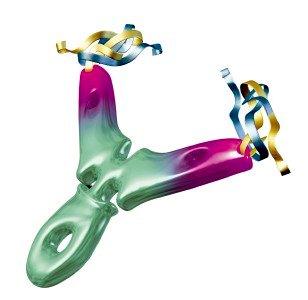A possible marker for a breast cancer drug
To predict the efficacy of Bevacizumab (Avastin®) against breast cancer, researchers at Basurto Hospital, Onkologikoa and Donostia Hospital have worked on identifying biomarkers. The use of this drug is common in preoperative treatments, as it helps to slow the growth of blood vessels (angiogenesis) and therefore the extent of the tumor. From this research it is possible that in the future the reaction of each patient with breast cancer with the drug Bevacizumab can be measured.

This research involved 73 people in stage II-III cancer. “We wanted to see if there were markers to find out which patients would benefit most from Bevacizumab treatment,” explains Isabel Álvarez, from Donostia Hospital. Hypoxia of the tumor has been measured using an imaging technique that combines positron emission tomography (PET) with misodinazol radiopharmaceutical (FMISO). In fact, if the concentration of oxygen in the tumor (hypoxia) decreases, the medicine seems to indicate that it is making its way.
The FMISO-PET method has yielded good results. It has been proven that in cases where Bevacizumab is effective, it differentiates the changes that the drug causes in the oxygenation of the tumor. In this way, within ten days from the first treatment you can identify which patient will benefit. However, as Álvarez himself explains, “we have researched with few patients and we have to value it. But they are interesting facts.”
Buletina
Bidali zure helbide elektronikoa eta jaso asteroko buletina zure sarrera-ontzian











